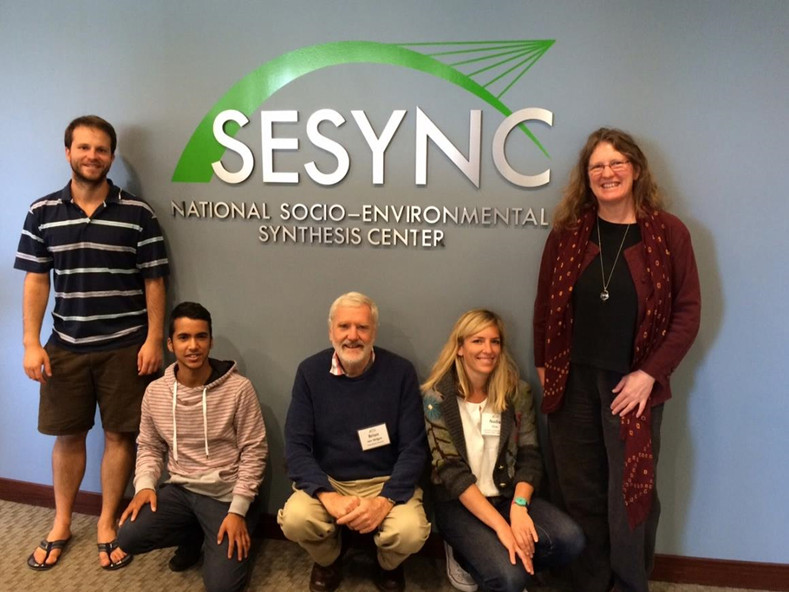C·I·B host international workshop on invasive trees and their evolutionary dynamics
In November 2015 the Centre for Invasion Biology (C·I·B) hosted an international workshop entitled “Evolutionary dynamics of tree invasions: drivers, dimensions, and implications for management”.





